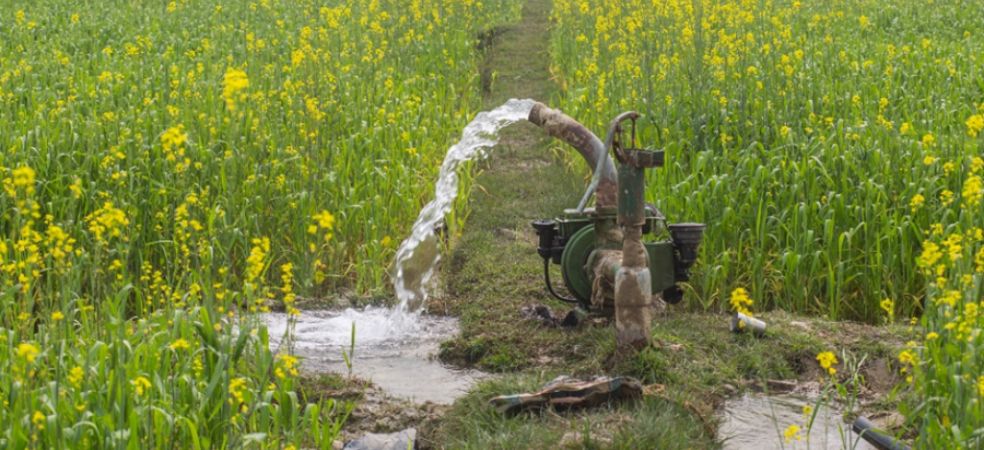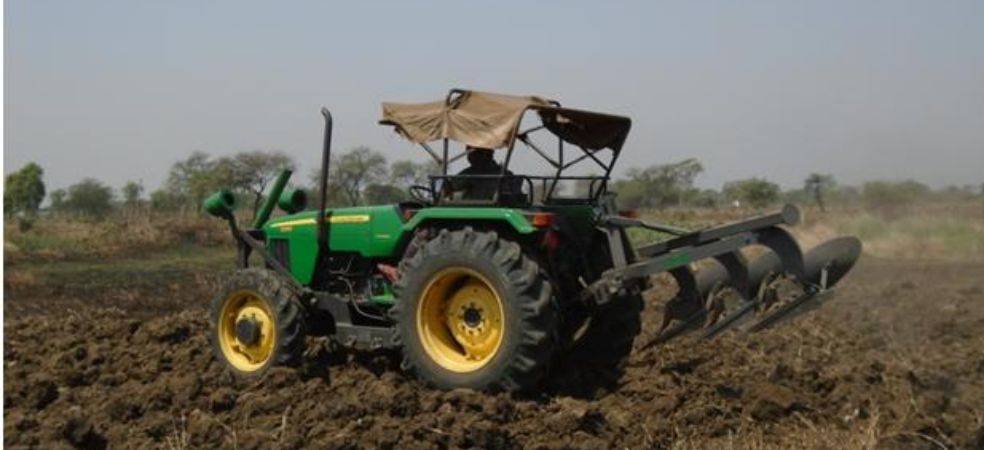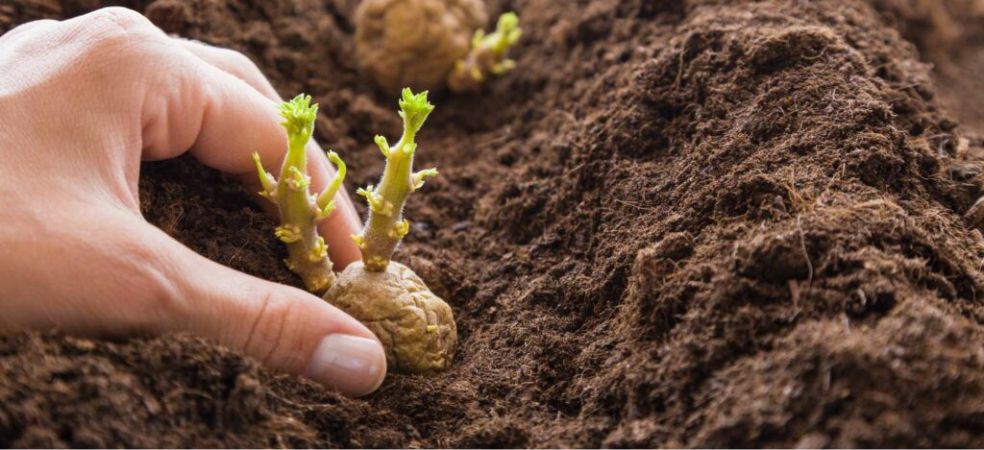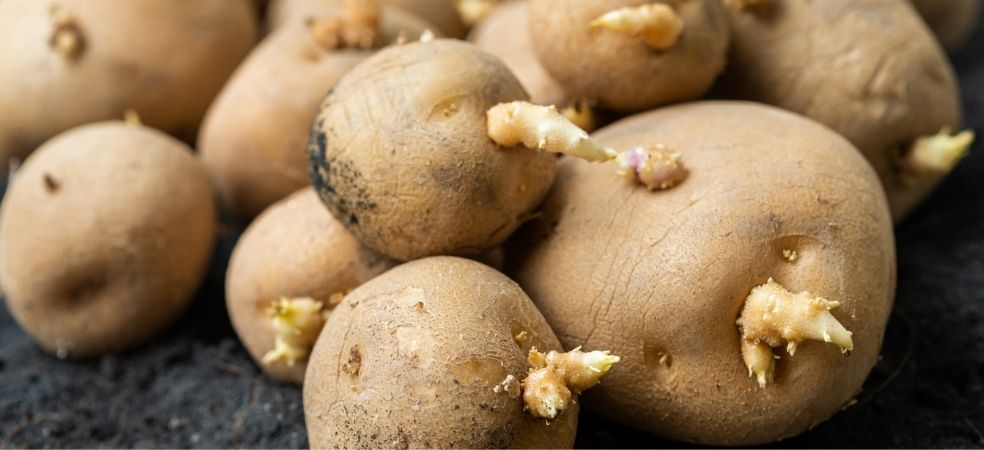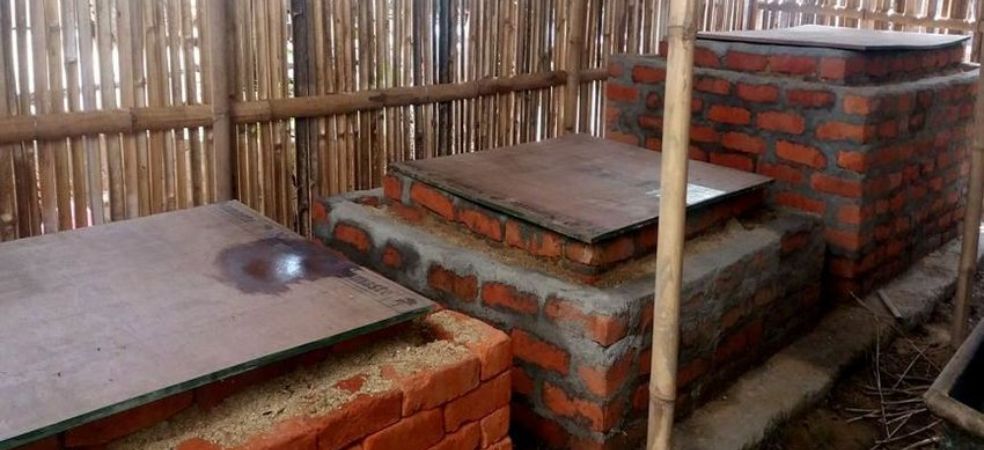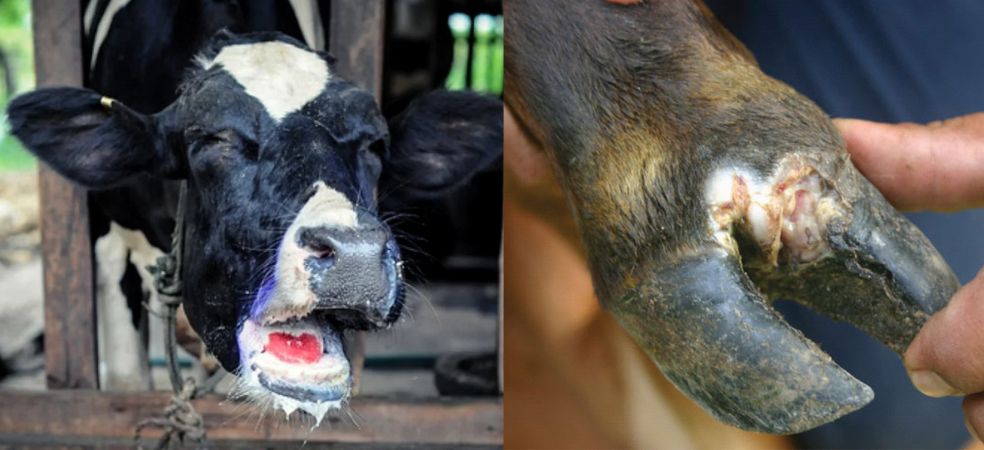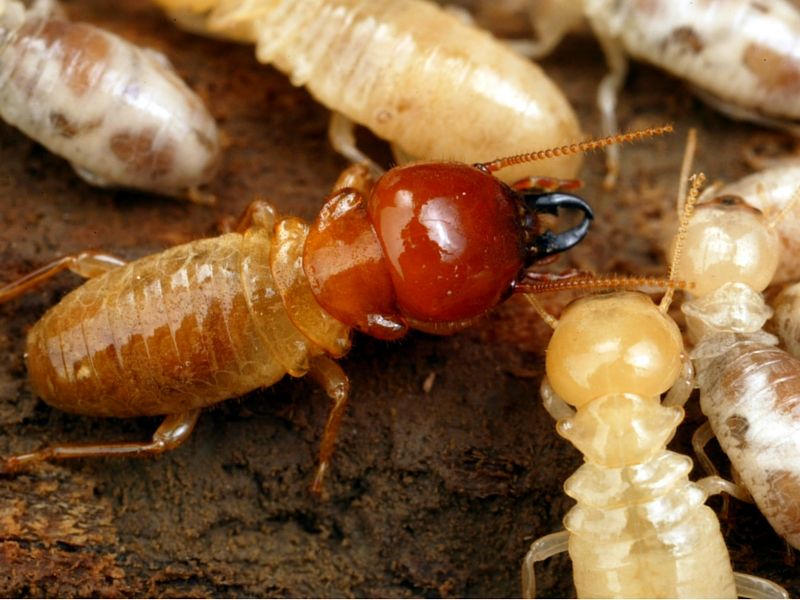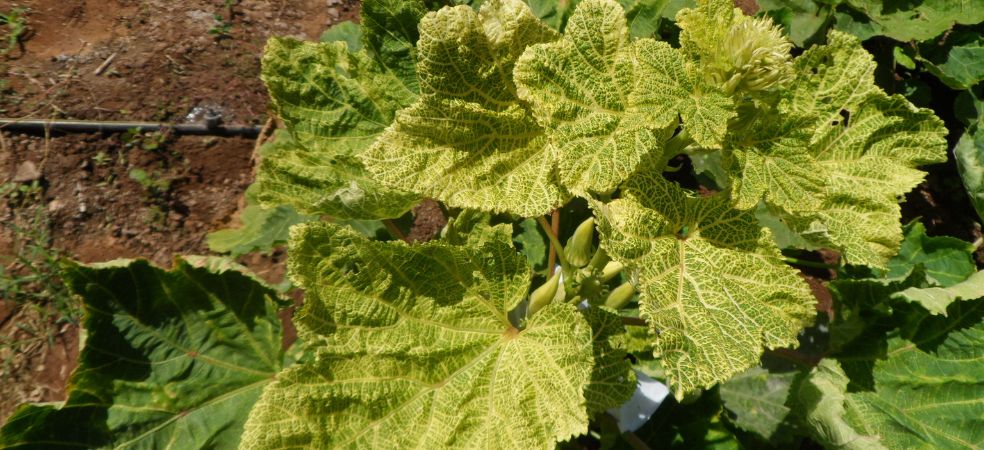-
Mustard is a crop with a duration of 110-120 days, in this, the first irrigation should be done at the time of flowering i.e. about 30 days after sowing.
-
In this, second irrigation should be done at the time of pod formation or about 60-65 days after sowing.
-
When mustard is grown as a mixed crop, it is irrigated as the main crop.
-
In many areas, pure mustard crop is grown as a non-irrigated crop.
-
The mustard crop is very sensitive to lack of moisture in the soil during the flowering and grain formation stages. That is why irrigation is necessary 25 days after its sowing.
-
If it rains a few days before the scheduled time of irrigation, the crop should not be irrigated.
-
There should be a good drainage system in mustard crop fields.
-
The mustard plant is very sensitive to water logging conditions.
-
When only one irrigation is available, irrigation should be done only 30 to 35 days after sowing.
ShareKeep reading Gramophone articles daily for important news related to your life. If you liked today’s information, do not forget to share.

